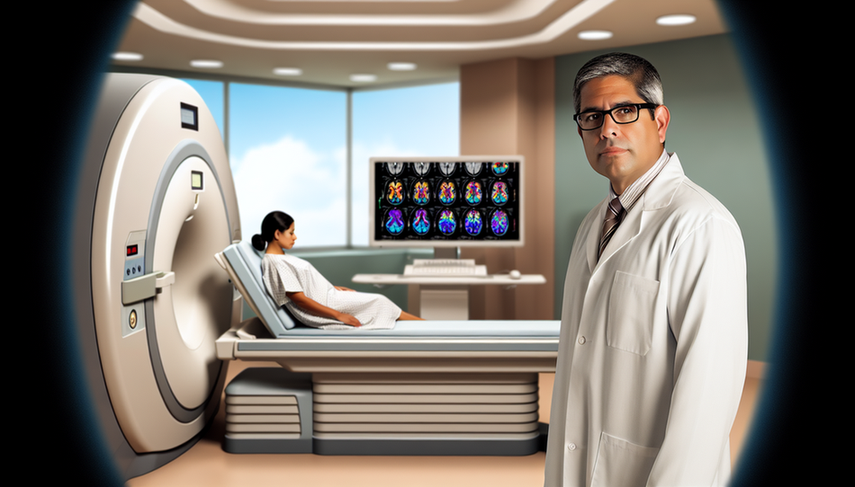Neuroimaging and Functional Magnetic Resonance Imaging: Innovations in the Diagnosis of Neurological Disorders

Medical **innovation** in the field of **neuroimaging** has significantly transformed the **diagnosis of neurological disorders**. **Functional magnetic resonance imaging** (fMRI) has become a crucial tool for the non-invasive assessment of brain activity, allowing clinicians to gain a more detailed view of brain functions and their alterations in various neurological diseases. This article explores recent advancements in the use of fMRI and other neuroimaging techniques to enhance the diagnosis and treatment of neurological disorders.
Advancements in Functional Magnetic Resonance Imaging and Its Clinical Application
fMRI has proven to be a valuable tool in researching diseases such as **Alzheimer's**, where it has been used alongside **deep learning** technologies to improve diagnostic accuracy by identifying patterns in patients' brain scans. These machine learning models can **unmask** images and classify the disease more efficiently, representing a significant advancement in the field [1].
In the realm of **epilepsy**, fMRI has been combined with electroencephalography (EEG) to provide a more comprehensive view of epileptic activity in the brain. This combination allows for the identification of epileptic foci and more precise planning of surgical interventions [2]. Additionally, fMRI has been fundamental in the evaluation of **traumatic brain injuries**, where advanced techniques such as diffusion tensor imaging and magnetic resonance elastography offer new insights into recovery and prognosis [3].
In the context of **brain tumors**, advanced MRI techniques, such as spectroscopy and tractography, have improved the non-invasive characterization of tumors and preoperative planning, allowing for better preservation of neurological functions [4].
Conclusions
The integration of **functional magnetic resonance imaging** and other **neuroimaging** techniques into clinical practice has revolutionized the **diagnosis of neurological disorders**. These advancements have not only enhanced our understanding of neurological diseases but also provided more precise tools for diagnosis and treatment planning. As technology continues to advance, we are likely to see an even broader and more effective use of these techniques in daily clinical practice, thereby improving outcomes for patients.
Referencias
- [1] Functional magnetic resonance imaging, deep learning, and Alzheimer's disease: A systematic review.
- [2] Electroencephalography-functional magnetic resonance imaging of epileptiform discharges: Noninvasive investigation of the whole brain.
- [3] Advanced neuroimaging in traumatic brain injury: an overview.
- [4] Current Clinical Brain Tumor Imaging.
Created 23/1/2025
